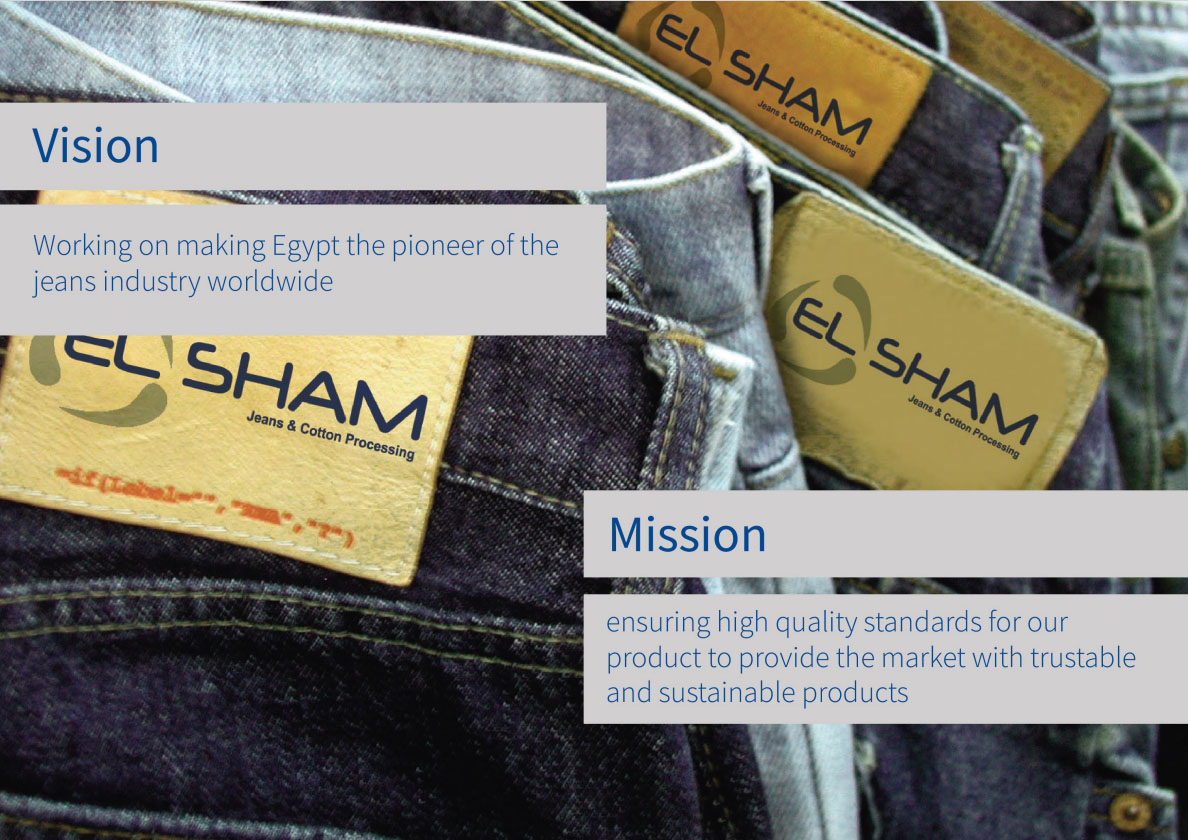
The story of jeans begins in the city of Genoa, in Italy, famous for its cotton corduroy. Jean fabric from Genoa (at that time) was in fact very similar to corduroy; Genoese sailors started to use it to cover and protect their goods on the docks from the weather. During the Republic of Genoa, the jeans were exported by sailor
s of Genoa throughout Europe. Gênes, the French word for Genoa, may therefore be the origin of the word “jeans”. In the French city of Nimes, weavers tried to reproduce the fabric exactly, but without success. However, with experimentation, and through trial and error, they developed another twill fabric that became known as denim, literally “de Nimes”. Only at the end of the nineteenth century did jeans arrive in the United States.

Traditionally, jeans are dyed to a blue color using an indigo dye. Approximately 20 thousand tons of indigo are produced annually for this purpose, though only a few grams of the dye are required for each pair. Some other colors that can be achieved are pink, yellow, black, and white.
Levi Strauss first marketed preshrunk jeans, which did not shrink further after purchase, allowing the consumer to buy his or her correct size, in 1963. These jeans were known as the 505 regular fit jeans. The 505 are almost identical to the 501s with the exception of the button-fly. The Levi’s corporation also came out with a slim bootcut fit known as 517 and 527. The difference between the two is 517 sit at the waist line and the 527 sit below the waist line. Later on, Levi’s would have come up with several other styles and fits such as the loose, slim, comfort, relaxed, skinny, and a regular fit with a tapered leg.
The used or “acid wash” look is created by means of abrading the jeans and/or treating them with chemicals, such as acryl resin, phenol, a hypochlorite, potassium permanganate, caustic soda, acids etc.
Consumers wanting jeans that appear worn can buy jeans that have been specially treated. To give the fabrics the worn look, sandblasting or abrading with sandpaper is often done.
A typical pair of blue jeans consumes 919 gallons of water during its life cycle (this includes the water to irrigate the cotton crop, manufacture the jeans, and the numerous washes by the consumer). The production of jeans with a “used look” can be more environmentally damaging than regular jeans (depending on how the waste compounds are processed). Sandblasting and treating with sandpaper has the risk of causing silicosis to the workers, and in Turkey, more than 5,000 workers in the textile industry have been stricken with this disease, and 46 people are known to have died. Some companies have announced they are banning the use of sandblasting.
The company specialized in all the different kind of processing services, we provide the Reactive, Direct and Pigment Dyeing and also the dry process department which is full of all technical from the Sand Blasting, Spraying and Crash press machines, to achieve the best quality and up to date fashion.
Egypt, El Oubor City, 1st Industrial Zone, 34 Street Block 13013, Piece 16
info@elsham-eg.com
+20 2 44812285 | +20 2 44812185 | M: +20 1003922239
© 2022 Elsham CO - All Rights Reserved. Designed by Amr khlousy
